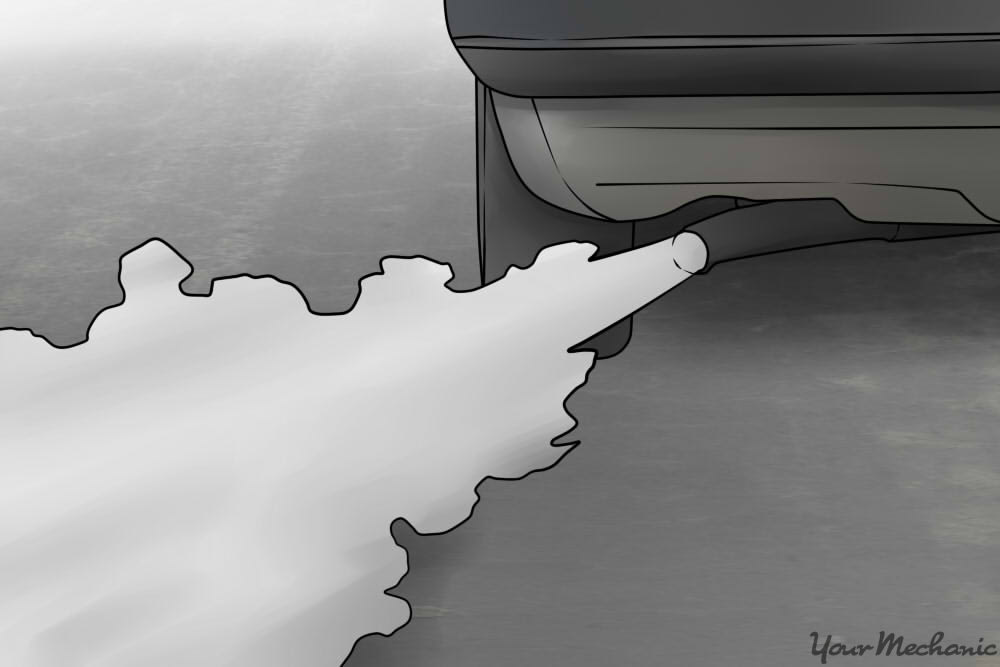

One of the byproducts of burning fossil fuels is smog. Vehicles in particular contribute to smog through their tailpipe emissions which contain nitrous oxides and unburned hydrocarbons. These emissions can be controlled to a great extent through maintenance and vehicle repairs, and many states legislate regular smog tests to reduce the amount of air pollution.
Some states like California, Illinois and Nevada require vehicles to undergo regular smog checks. If a vehicle doesn’t pass the smog check, it will need to be repaired to re-register your vehicle. Smog checks and smog repairs must be performed by a mechanic with a smog technician license. Here’s how to get a smog technician license in the United States.
Method 1 of 2: Becoming a licensed smog inspection technician
A licensed smog inspector is able to conduct tests to determine if a vehicle passes or fails its smog check. A smog inspection technician is NOT the same as a smog repair technician, though a technician can be certified in both inspection and repair.
The steps below indicate the way to obtain your smog inspection technician license.
Step 1: Complete level 1 technical training. Applicants must demonstrate technical knowledge and skills in order to obtain their smog inspection technician license.
This training is Engine and Emission Control Fundamentals, teaching the basic principles of vehicle emissions. This basic technical training must be completed at a state-certified facility with the student taking multi-day courses in most cases.
Technical training can be bypassed in if the technician provides certification in A6, A8 and L-1 designations from the National Institute of Automotive Service Excellence (ASE). Alternatively, an AA/AS degree in Automotive Technology plus one year of work experience, or two years of work experience plus state-specified training are sufficient to skip level 1.
Step 2: Complete level 2 training. All smog inspection technician candidates must complete level 2 training in order to receive their smog inspection technician license.
Level 2 training covers the program’s rules, procedures, and regulations, and most smog-controlled states require several days of intensive training. Smog testing machine calibration, standards of practice, and hands-on demonstrations are all part of the level 2 training.
Level 2 must be completed at a state-certified facility.
Step 3: Pass the state-administered smog technician exam. After successfully completing the level 1 and level 2 requirements, smog inspection technician applicants must pass a written test. The test is administered at the state-recognized facility after level 2 is complete.
Method 2 of 2: Becoming a licensed smog repair technician
Becoming a licensed smog repair technician is more involved than just a smog inspector. A smog repair tech is responsible for diagnosing and repairing emissions-related issues in gas and diesel-powered vehicles, and must pass a state-administered test in order to become licensed.
Even when licensed as a smog repair technician, smog inspection-related repairs can only be performed at test-and-repair facilities or repair-only facilities. Smog inspection-only stations cannot perform smog inspection-related repairs at all.
Step 1: Complete the application requirements for smog repair technician. There are four different ways a technician is eligible to become a smog repair technician, depending on the state they are applying for a smog technician license in:
Complete ASE certification in A6 (Electrical/Electronic Systems), A8 (Engine Performance, and/or L-1 (Advanced Engine Performance Specialist), depending on the state.
Obtain a degree in Automotive Technology from a recognized and accredited school, and complete a year of work experience in engine performance.
Possess a certificate in Automotive Technology from an accredited school that includes at least 720 hours of coursework and at least 280 hours in the engine performance field, plus a year of work experience.
Have two years of engine performance-related work experience, and have completed a state-specified Diagnostic and Repair Training within the past five years.
Step 2: Take the test for your smog repair technician license. The test must be conducted at a state-specified facility.
First, find a local trade school and contact them for a smog check repair technician license exam schedule. Then you can register for the test. You’ll be required to pass hands-on and written testing to receive your smog repair technician license.
Smog repair technicians often have their inspection license as well, though not always. Having both licenses increases your versatility for employment, and you can demand higher pay because of your extensive training.
If you’re already a certified mechanic and you’re interested in working with YourMechanic, submit an online application for an opportunity to become a mobile mechanic.



